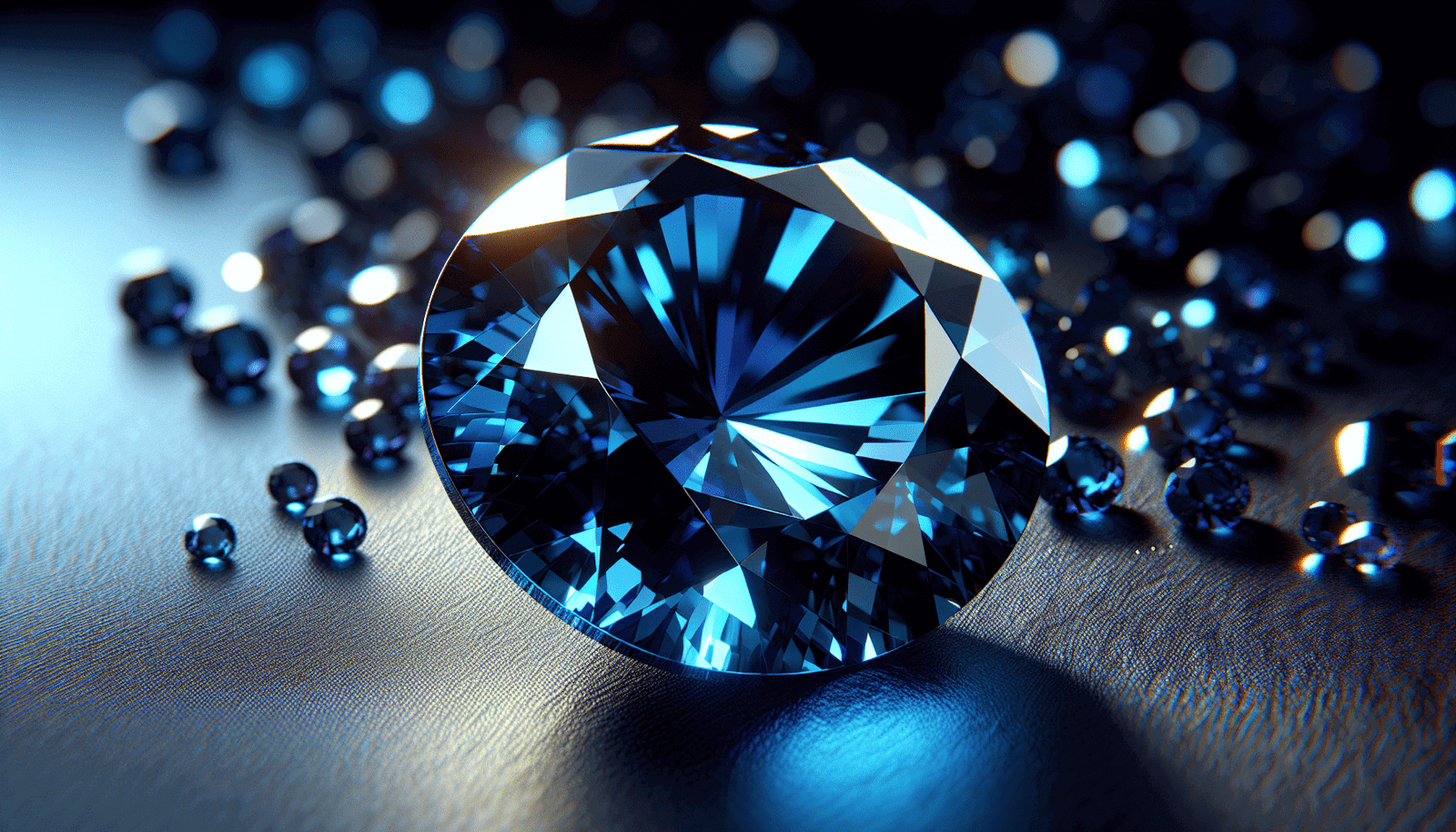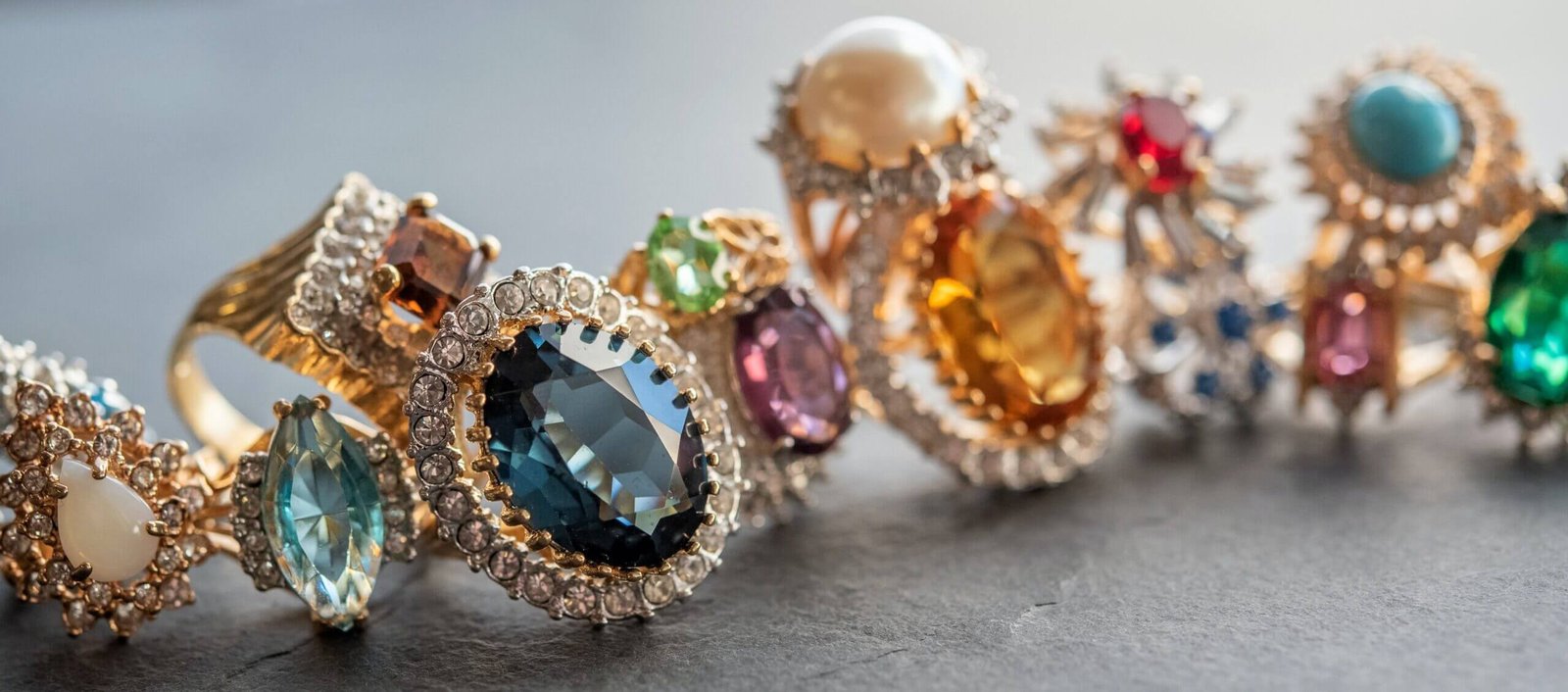Welcome to the fascinating world of gemstones, where each color tells a unique story and holds its own rare beauty. In “What Is The Rarest Color Of Spinel?” you’ll uncover the mystique surrounding this particular gem, delving into the hues that make it truly special. Among all the stunning shades of spinel, it’s the highly coveted, vivid blue that stands as the rarest and most enchanting of them all, capturing the hearts of gem enthusiasts and collectors alike. Let this article guide you through the allure and rarity of blue spinel, a true gem of gems. Have you ever wondered what the rarest color of spinel is? If you’re intrigued by gemstones, you’re in for a treat! Spinel is often overshadowed by its more famous siblings like ruby and sapphire, but this gem has a charm all its own. Among the different hues it comes in, one stands out as the rarest and most sought-after. Ready to dive into the world of spinel and uncover which color holds this coveted title? Let’s get started!

What is Spinel?
Spinel is a fascinating mineral, known for its exceptional range of colors and excellent durability. It forms in cubic crystals and has a Mohs hardness of 8, making it a suitable choice for various types of jewelry. The stone has been admired for centuries and holds significant historical importance.
A Brief History
Spinel has been used in jewelry for thousands of years. Historically, it has been mistaken for other stones, particularly rubies and sapphires. One famous example is the “Black Prince’s Ruby,” a large red spinel set in the British Imperial State Crown. It wasn’t until the 18th century that spinel was recognized as a distinct mineral.
Chemical Composition and Structure
Spinel is primarily composed of magnesium aluminum oxide (MgAl₂O₄). The presence of various trace elements like chromium, iron, and cobalt can alter its color, giving rise to a stunning array of hues including red, blue, pink, purple, and black.
Why Spinel Colors Vary
Spinel’s array of colors is one of its most attractive features. These colors are influenced by the trace elements present during the mineral’s formation. Here’s a quick breakdown of how different elements influence spinel colors:
| Trace Element | Color Produced |
|---|---|
| Chromium | Red, Pink |
| Iron | Blue, Green |
| Cobalt | Blue, Violet |
The Role of Trace Elements
Trace elements essentially act as impurities that alter the stone’s natural light absorption and reflection properties. For example, chromium results in red or pink hues because it absorbs certain wavelengths of light while reflecting others.

The Spectrum of Spinel Colors
Spinel comes in many colors, each with its own unique appeal. Let’s take a closer look at the common colors you might encounter:
Red Spinel
Red spinels are often mistaken for rubies due to their similar color. These stones can range from deep, blood-red to lighter shades of red.
Blue Spinel
Blue spinel typically gets its color from iron and cobalt. These stones can range from a pale, icy blue to a rich, deep navy blue.
Pink Spinel
Pink spinels are vibrant and cheerful, often ranging from hot pink to softer pastel shades. Chromium and iron generally give these stones their pink coloring.
Purple Spinel
Purple spinel is another delightful color variety, ranging from lilac to deep violet. This color is also primarily due to traces of chromium and iron.
Black Spinel
Black spinels are striking and sleek. They don’t involve color variations from light due to their opaque nature. Iron is generally the primary trace element in black spinel.
The Rarest Color of Spinel: The Coveted Flame-Orange
The rarest color of spinel is typically considered to be the flame-orange or vivid orange-red variety. These gems are incredibly scarce and much sought after by collectors and jewelry enthusiasts alike.
What Makes Flame-Orange Spinel So Rare?
Several factors contribute to the rarity of flame-orange spinel, including its geological formation, the scarcity of the right conditions for its color, and limited known deposits. The trace elements present in these stones are just right to produce that unique flame-like hue, which makes them highly coveted.
Geological Rarity
This particular hue requires very specific conditions for its formation, which are not commonly found. The limited conditions under which flame-orange spinels form add to their scarcity.
Limited Deposits
The few known sources of high-quality flame-orange spinel are typically found in certain regions of Burma (Myanmar) and Tanzania. The rarity of these deposits further enhances the stone’s desirability and value.

How to Identify High-Quality Spinel
When evaluating spinel, several factors come into play. Let’s break down what to look for when assessing these stunning gemstones:
| Factor | Description |
|---|---|
| Color | Bright, even color with no zoning |
| Clarity | Few inclusions visible to the naked eye |
| Cut | Well-executed cuts that maximize brilliance |
| Carat Weight | Larger stones are rarer and more valuable |
Color
In spinel, color is the most crucial factor. The most sought-after stones exhibit a vivid, saturated hue with no visible color zoning. In the case of the rare flame-orange spinel, a bright, pure orange-red is highly desirable.
Clarity
While spinels are generally cleaner than other gemstones, inclusions can still affect their value. Premium spinels have minimal inclusions that are invisible to the naked eye.
Cut
The cut of a spinel can significantly impact its brilliance and overall appearance. A well-cut stone will reflect light evenly and show off the gem’s color to its best advantage.
Carat Weight
Larger spinels are exceedingly rare and command higher prices. While smaller stones are more common, large, high-quality specimens are particularly valuable.
Famous Spinels and Their Stories
Spinels have adorned crown jewels and famous collections worldwide. Here are a few notable examples:
The Black Prince’s Ruby
As mentioned earlier, the Black Prince’s Ruby is a historically significant red spinel that’s part of the British Crown Jewels. This stone was mistakenly thought to be a ruby for centuries.
The Timur Ruby
Yet another famous spinel mistaken for a ruby, the Timur Ruby also resides in the British Crown Jewels. This massive red spinel weighs over 350 carats and has an illustrious history.
The Samarian Spinel
The Samarian Spinel is one of the largest in existence, weighing a whopping 500 carats. It’s housed in the Iranian Crown Jewels.

Investment Value
Given their beauty and rarity, spinels, especially those in rare colors, can be a sound investment. The value of these gems has been steadily rising, making them an attractive option for collectors and investors.
Market Trends
In recent years, there’s been an increasing interest in colored gemstones, and spinel has benefitted from this trend. Notably, rare colors like the flame-orange spinel have seen a significant uptick in market value.
Future Prospects
With limited natural deposits and growing demand, the future looks bright for those holding rare spinels. The investment value is likely to continue its upward trajectory.
Caring for Your Spinel
To maintain the beauty of your spinel, it’s essential to care for it properly. Given its hardness, spinel is relatively low maintenance but still requires some attention.
Cleaning
Use a soft brush, mild soap, and lukewarm water to clean your spinel. Avoid harsh cleaners or ultrasonic jewelry cleaners, as these can damage the stone.
Storage
Store your spinel jewelry separately from other pieces to prevent scratches. A soft pouch or a lined jewelry box is ideal for this purpose.
Regular Inspections
Regularly inspect your spinel jewelry for any signs of damage or wear, especially in the settings and prongs. This will help ensure the longevity of your treasured piece.

Conclusion
And there you have it! Flame-orange spinel holds the title as the rarest and most coveted color in the world of spinel gemstones. From its rich history and stunning variety of colors to its rarity and investment potential, spinel is undoubtedly a gem worth your attention. So, the next time you find yourself marveling at the vibrant hues of these beautiful stones, you’ll know just what to look for and why they are so special. Happy gem hunting!



